13 Wild Animals in Tajikistan [Wildlife in Tajikistan]
Want to know more about the wildlife in Tajikistan?
Discover 13 wild animals in Tajikistan in this post, as well as interesting facts about them. 🇹🇯
Learn All About Tajikistani Animals
Ready to learn all about Tajikistani animals?
I’ve always been fascinated by animals, and by how they can be so different from one country to another. In this guide, we’ll focus on the many animals Tajikistan has on the land, in the sky, and underwater.
I’ve split the guide into 4 categories:
- Native animals from Tajikistan
- Endangered animals of Tajikistan
- What is the national animal of Tajikistan?
- How many animals native to Tajikistan?
Let’s dive in right away with our first category!
Native Animals from Tajikistan
Tajikistan is a landlocked Asian country located in the central part of the continent. It is an almost exclusively Islamic country (although the state is secular, 98 percent of the population practices Islam), and it used to be part of the Soviet Union before claiming its independence on September 9th, 1991. It is bordered by Afghanistan, China, Kyrgyzstan, and Uzbekistan, and its capital and largest city is Dushanbe, which counts more than 863,000 inhabitants.
An interesting part of the country that I wanted to tackle is its wildlife. In light of that, I have listed the best of it, and I hope you will love learning what animals live in Tajikistan.
Here’s the Tajikistan animals list.
1. Snow leopard
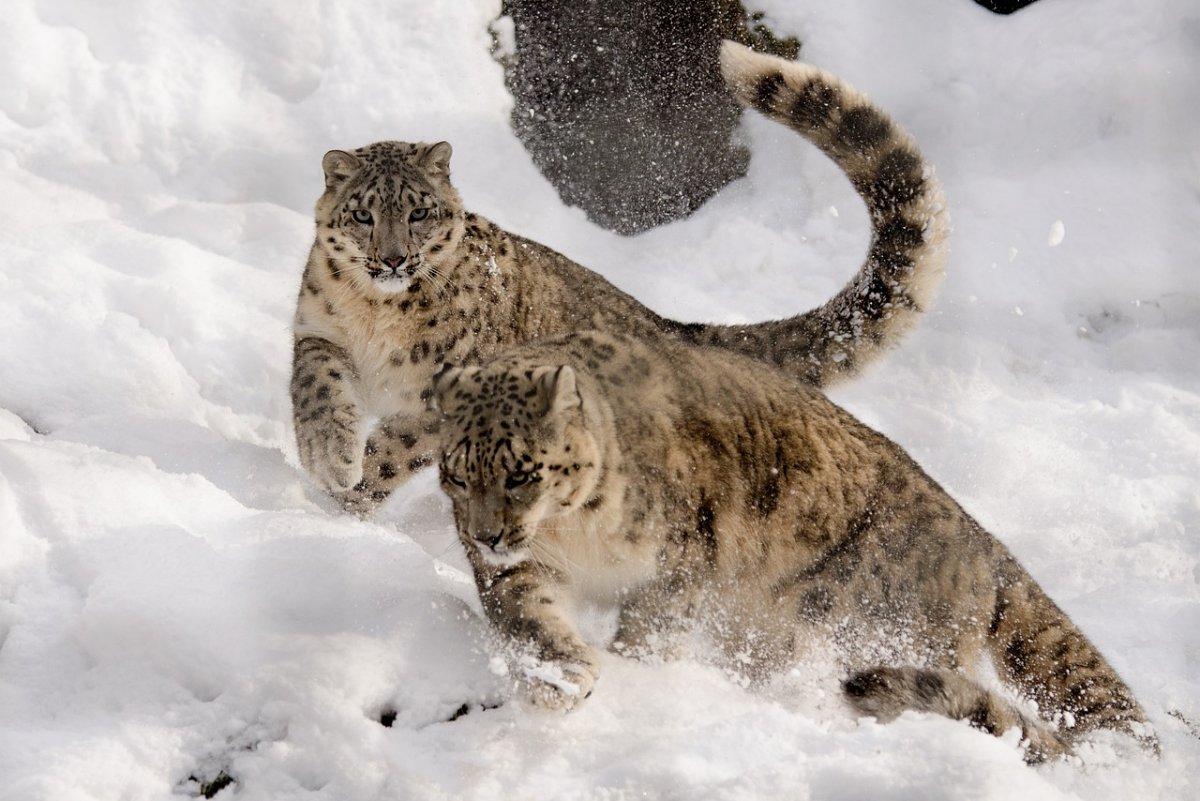
- Name: Snow leopard
- Scientific name: Panthera uncia
- Conservation status:
The snow leopard is assuredly one of (if not the) most beautiful animals you will find in Tajikistan. Also known as the ounce, it is a species of felid native to the mountains of Asia, from Afghanistan to the Tibetan Plateau and the Himalayas, and as far north as Mongolia and Siberia.
The major threat this animal has to face is poaching for its body parts. 20 to 25 snow leopards are poached every year in Tajikistan, and this number rises to several hundred in China. There are 250 to 280 snow leopards in Tajikistan.
2. Goitered gazelle
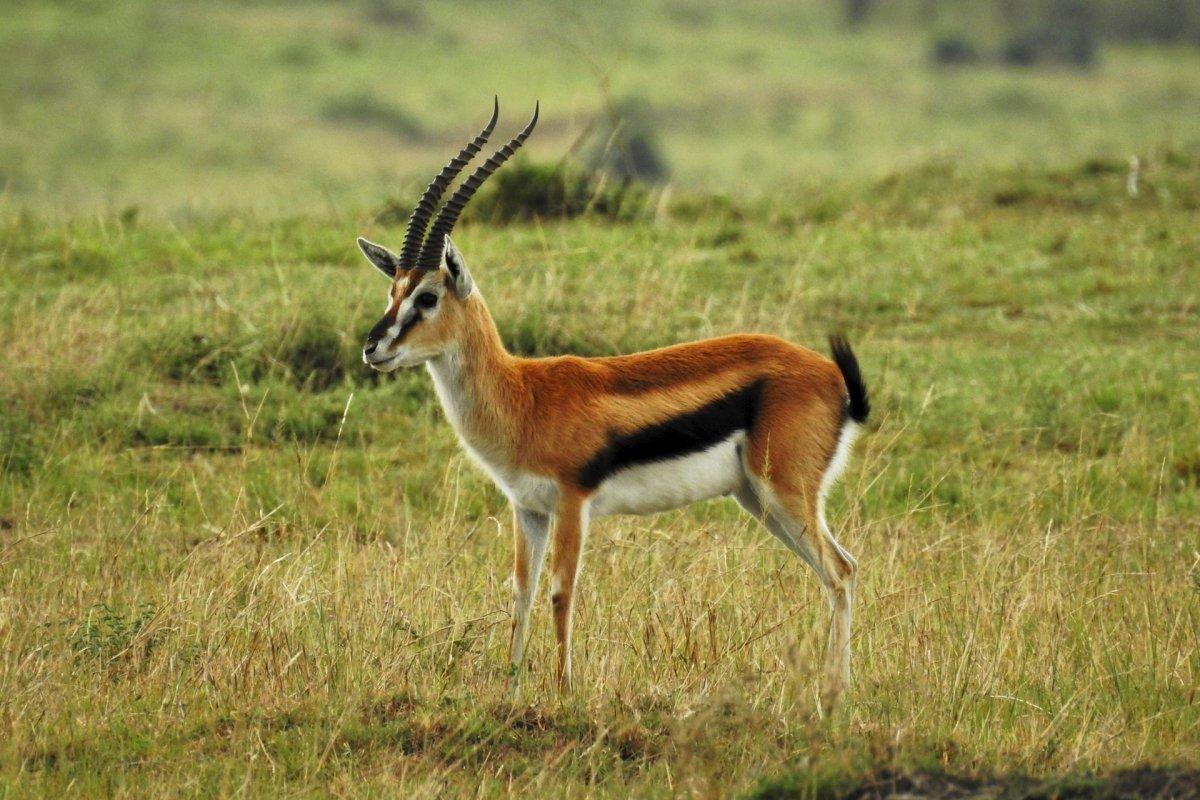
- Name: Goitered gazelle
- Scientific name: Gazella subgutturosa
- Conservation status:
The goitered gazelle, also known as the black-tailed gazelle, is a species of gazelle native to multiple parts of Central and Western Asia, including for instance Tajikistan, Afghanistan, Azerbaijan, Iran, and Pakistan. It inhabits sands and gravel plains, as well as a limestone plateau, and usually gathers in large herds.
This gazelle is a seasonal migrator, covering about 10 to 30 km / 6.2 to 18.6 mi every day during the winter.
3. Striped hyena
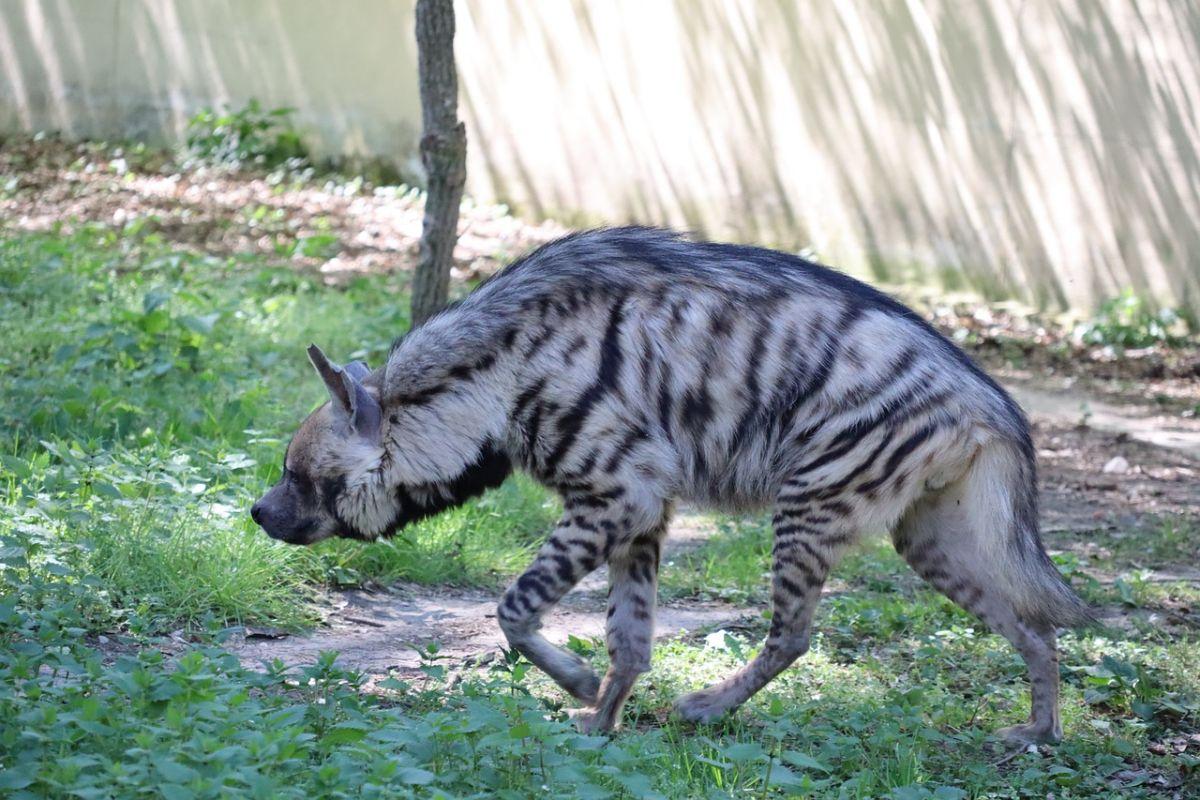
- Name: Striped hyena
- Scientific name: Hyaena hyaena
- Conservation status:
The striped hyena is a species of hyena native to Central Asia, the Indian subcontinent, the Middle East, the Caucasus, and eastern and northern Africa. Its population is globally declining, and there are fewer than 10,000 individuals left in the wild, which is why it is listed as near threatened with extinction.
This hyena is the smallest one, and it looks more like a viverrid than others. It is primarily a scavenger but is known to kill its prey when needed.
4. Himalayan brown bear
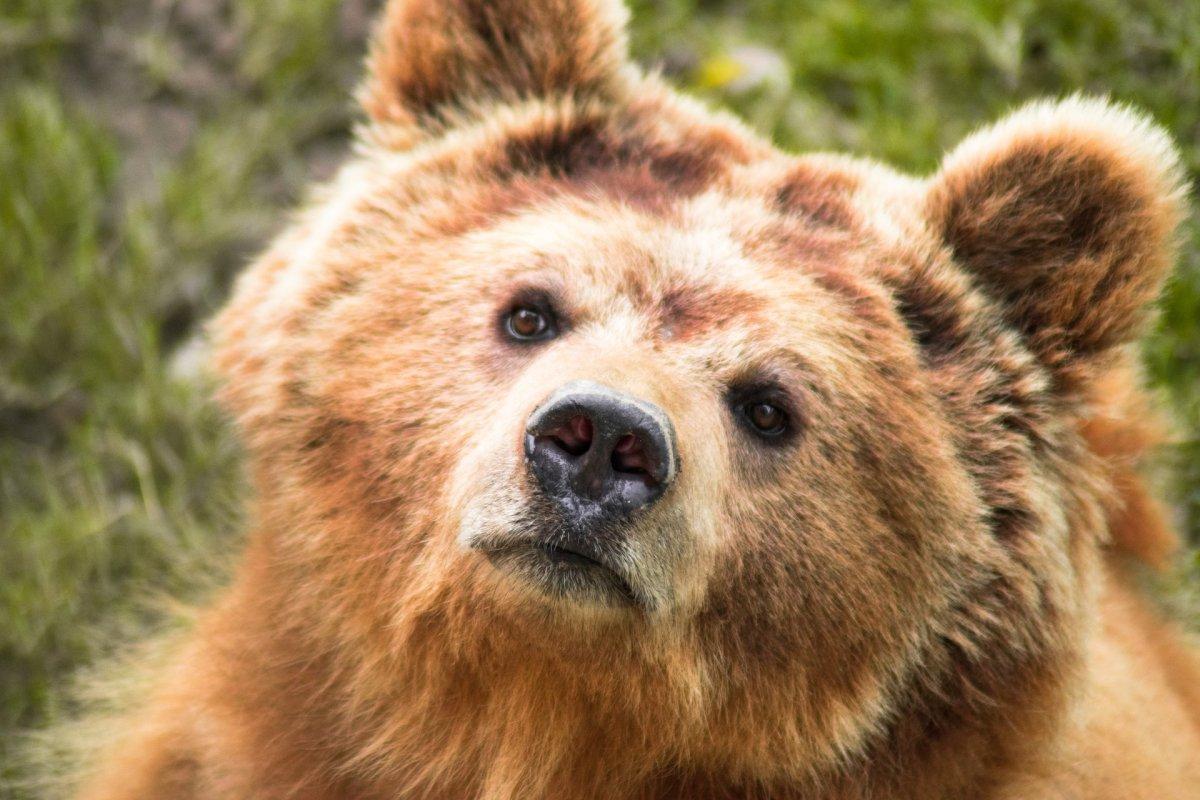
- Name: Himalayan brown bear
- Scientific name: Ursus arctos isabellinus
- Conservation status:
The Himalayan brown bear, also known as the isabelline bear, the Himalayan red bear, or the Dzu-Teh, is a subspecies of the brown bear native to the Himalayas, but also neighboring areas such as Tajikistan and Afghanistan. It is the largest mammal within its range, reaching up to 2.2 m / 7 ft long.
This bear is omnivorous and feeds on grasses and roots, as well as small mammals and insects. It is persecuted and poached for its claws and fur in some areas, and suffers a lot from habitat loss and a low reproduction rate.
5. Steppe wolf
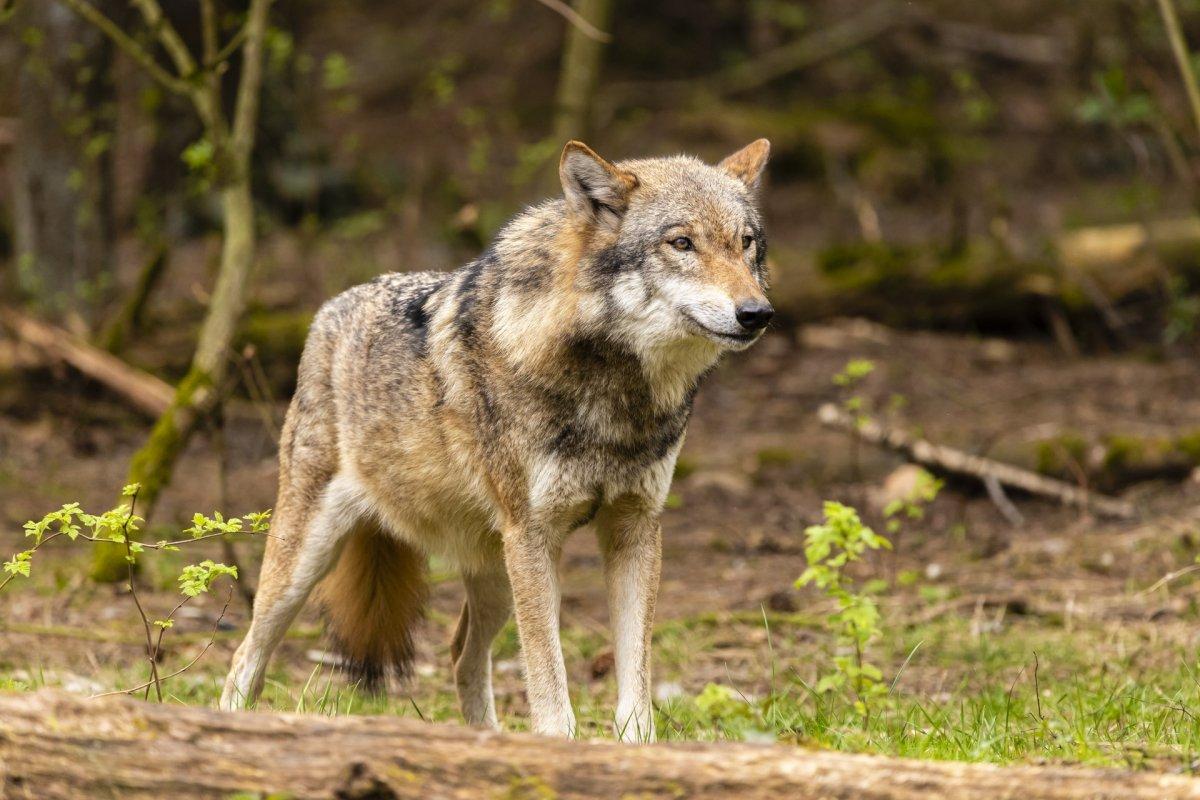
- Name: Steppe wolf
- Scientific name: Canis lupus campestris
- Conservation status:
The steppe wolf, also known as the Caspian sea wolf, is a subspecies of the gray wolf native to the Caspian steppes, as well as multitudes of western Asian countries, as far as eastern Europe.
This wolf gives its name to the famous novel “der Steppenwolf”, and the fact that it can carry rabies poses a significant threat to domestic animals, which need reliable vaccination.
6. Mountain weasel
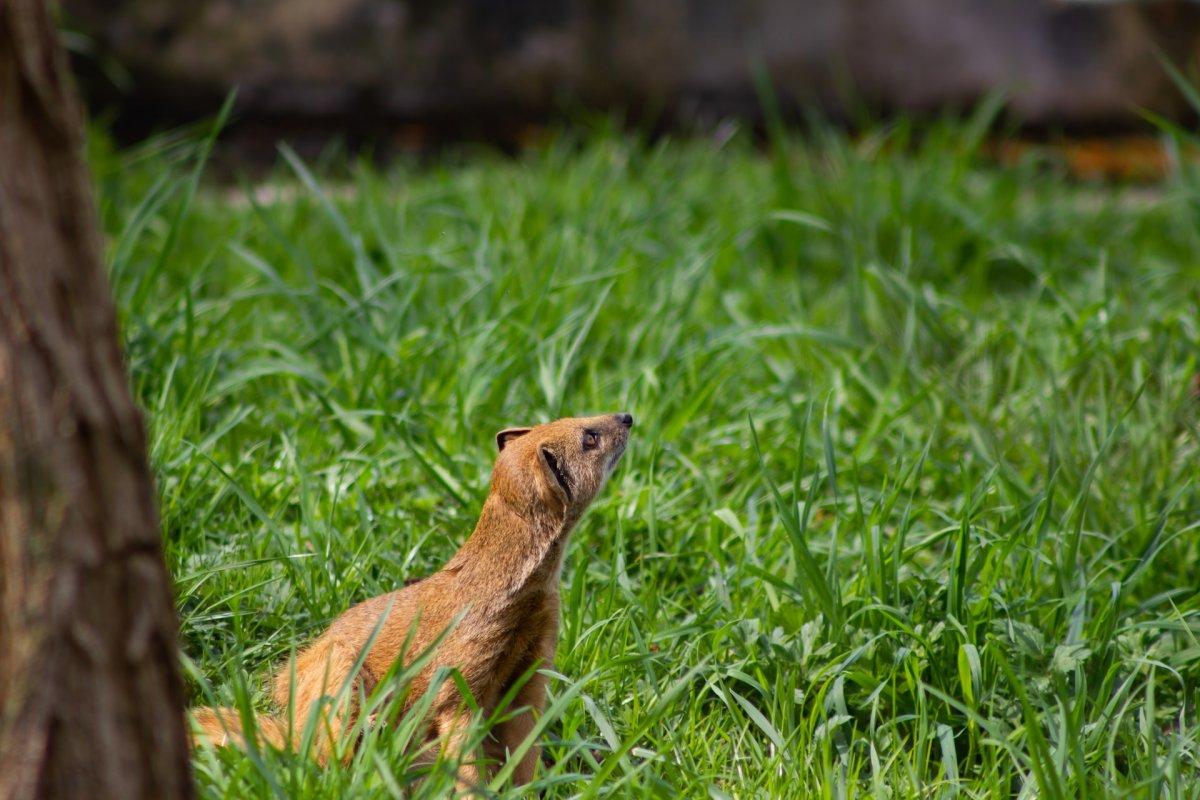
- Name: Mountain weasel
- Scientific name: Mustela altaica
- Conservation status:
The mountain weasel, also known as the Altai weasel or the pale weasel, is a species of mammal native to Central and North Asia. It inhabits the grassy woodlands and rocky tundra of its range, and usually rests in rock crevices and abandoned burrows.
This weasel is solitary, and it is an adept climber, runner, and swimmer, thanks to its short legs and long body.
7. Urial
- Name: Urial
- Scientific name: Ovis vignei
- Conservation status:
The urial, also known as the shapo or the arkars, is a species of wild sheep native to central and southern Asia. Males have large horns curling outwards, while females have compressed, short horns.
This sheep can be found at an altitude of up to 4,500 m / 14,800 ft above sea level, and it inhabits the open woodland, grassland, and gentle slopes of Tajikistan.
8. Tajik markhor
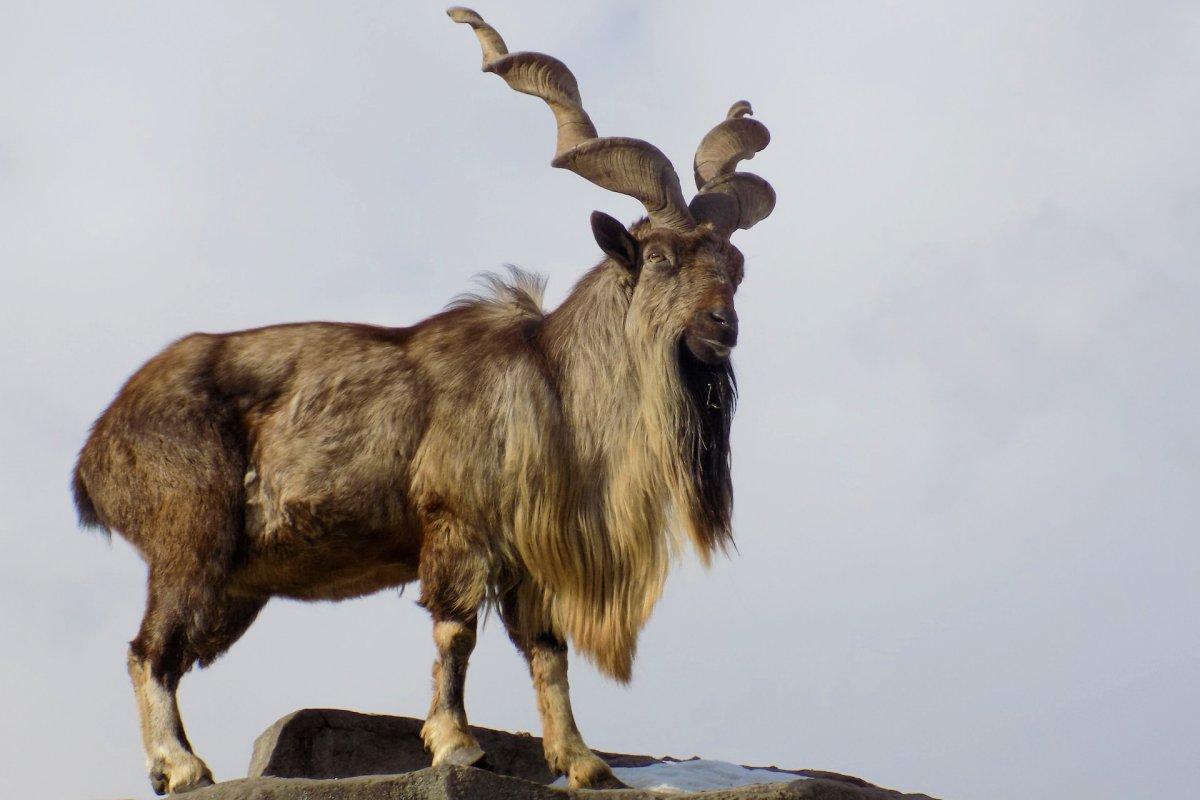
- Name: Tajik markhor
- Scientific name: Capra falconeri heptneri
- Conservation status:
The markhor, also known as the screw horn, is another species of wild goat found in Tajikistan. It is the national animal of Pakistan, can be found around Central Asia and the Himalayas, and is considered vulnerable on the whole.
The local subspecies, the Tajik markhor, also known as the Bukharan markhor, has only 2 to 3 populations in the world and is on the brink of extinction.
9. Caracal
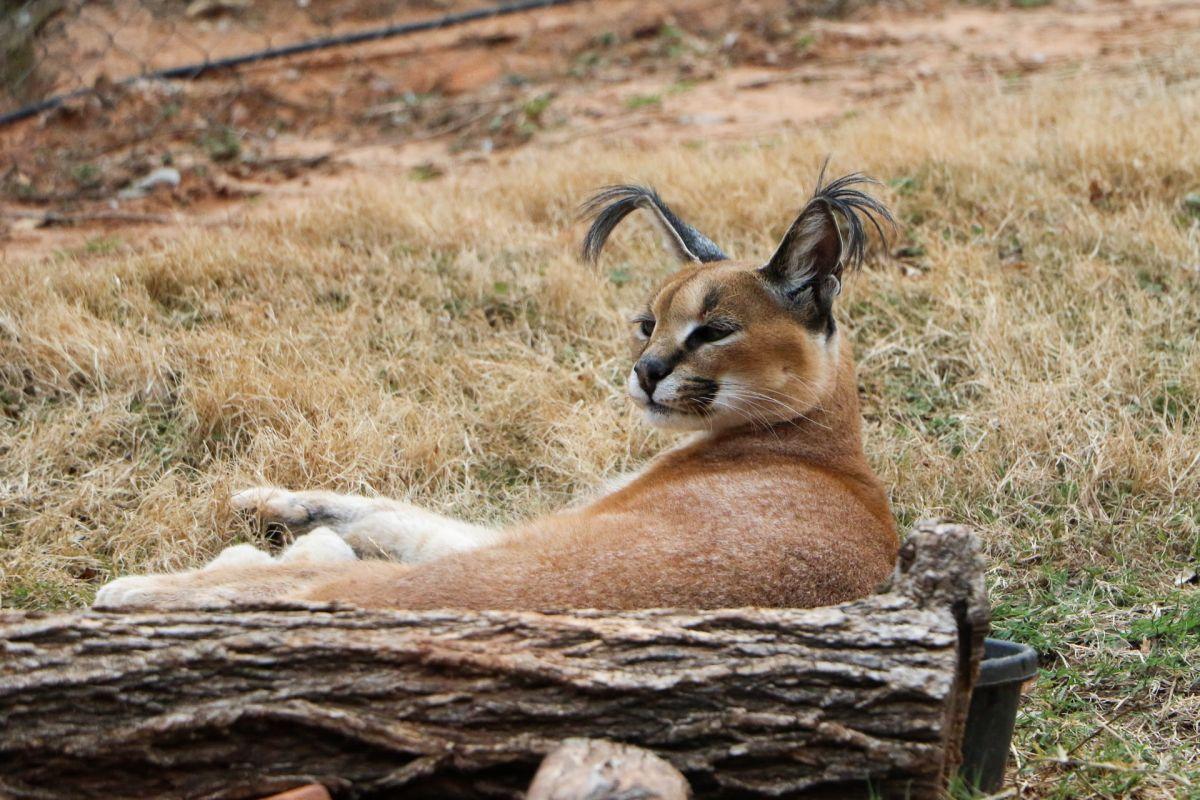
- Name: Caracal
- Scientific name: Caracal caracal
- Conservation status:
The caracal is a medium-sized species of wild cat native to the Middle East, Central Asia, the Indian subcontinent, and Africa. It has long, tufted ears as well as long legs, and is a very agile animal.
This felid is elusive and nocturnal and is therefore very difficult to spot. It is forbidden to hunt it in Tajikistan. The main threats to the caracal are habitat loss, persecution, and road accidents.
10. Caspian cobra
- Name: Caspian cobra
- Scientific name: Naja oxiana
- Conservation status:
The Caspian cobra, also known as the Russian cobra, the Oxus cobra, the Central Asian cobra, or the ladle snake, is a venomous species of snake endemic to Central Asia: it can be found from northern India in the South to Tajikistan in the North, and it inhabits semi-arid and arid, stony or rocky, scrub or shrub covered foothills, at up to 3,000 m / 9,800 ft above sea level.
11. Russian tortoise
- Name: Russian tortoise
- Scientific name: Testudo horsfieldii
- Conservation status:
The Russian tortoise, also known as the steppe tortoise, the Central Asian tortoise, the Afghan tortoise, or the four-clawed tortoise, is a species of tortoise endemic to Central Asia. It is considered vulnerable to extinction throughout its range due to human activities such as agricultural expansion and poaching.
Funnily enough, two Russian tortoises flew to the Moon, in September 1968! They returned safely to Earth and were the first Earth creatures to travel to the Moon during the Russian Zond 5 mission.
12. Himalayan vulture
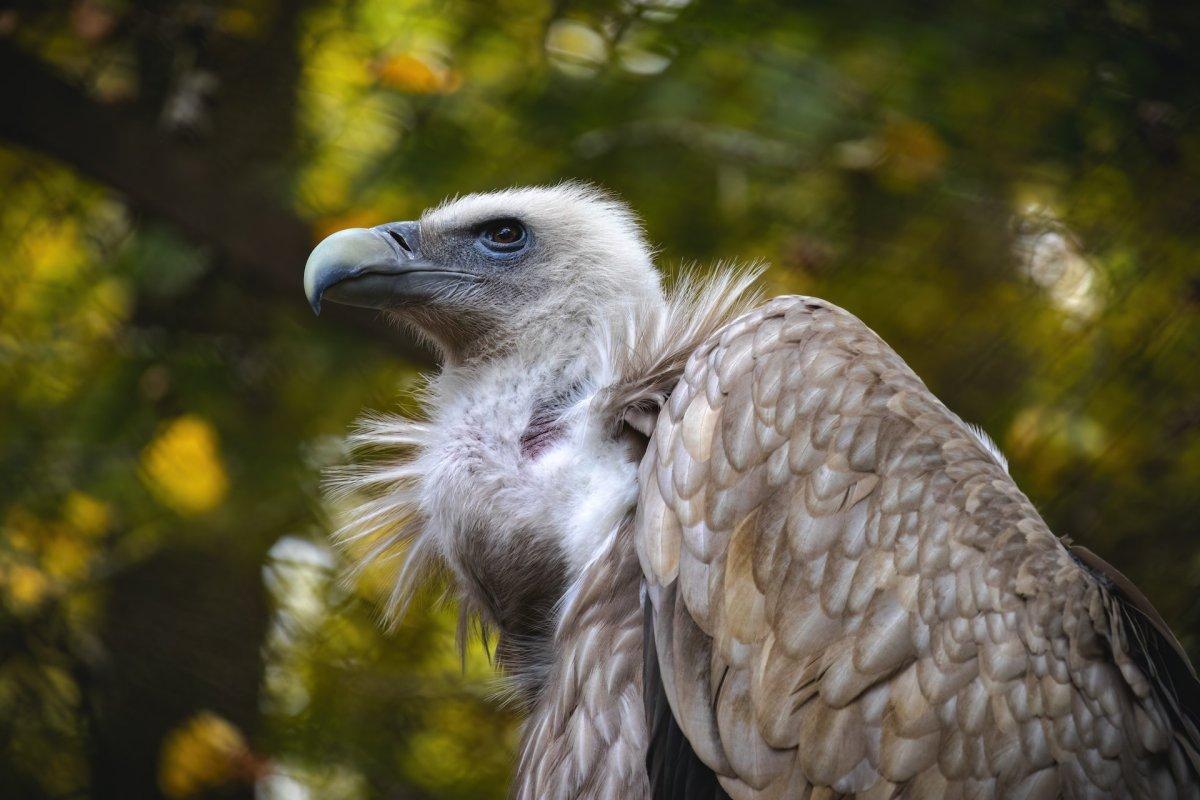
- Name: Himalayan vulture
- Scientific name: Gyps himalayensis
- Conservation status:
The Himalayan vulture, also known as the Himalayan griffon vulture, is a species of Old World vulture native to the Tibetan Plateau and the Himalayas. It is the second-largest Old World vulture in the world, reaching a wingspan of up to 3.1 m / 10 ft 2 in.
This vulture can be found at elevations between 1,200 and 5,500 m / 3,900 and 18,000 ft, and it is a scavenger that can often be seen bathing in the sun on rocks.
13. White-tailed eagle
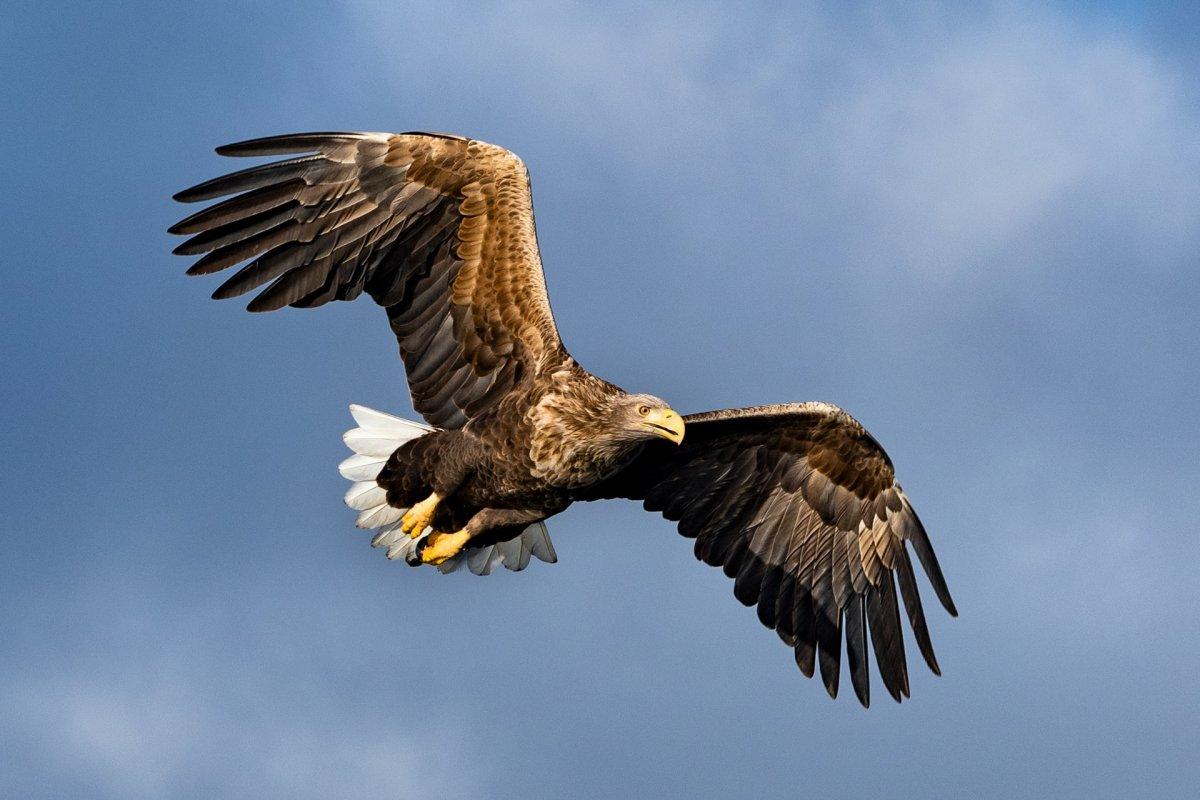
- Name: White-tailed eagle
- Scientific name: Haliaeetus albicilla
- Conservation status:
The white-tailed eagle, also known as the gray sea eagle or the Eurasian sea eagle, is a very large species of sea eagle native to most of Eurasia. It is a migratory bird, spending the winter around southwestern and southeastern Asia, and nesting throughout northeastern Europe and Russia.
While it is known to inhabit Tajikistan, its local population is very small. The white-tailed eagle is an opportunistic scavenger and a powerful apex predator.
—
So there you have them, these were my 13 wild animals in Tajikistan. I hope you enjoyed this list and that you learned something new today.
In case you want to learn more about animals in the country, feel free to keep reading, as I still have lots of things to tell you about:
Endangered Animals of Tajikistan
This is definitely the saddest part of the list, but it is very important to raise awareness. Because of this, let’s go through the list of endangered animals in Tajikistan.
Here are the animals in danger of extinction in Tajikistan.
- None
- Tajikistan even-fingered gecko
- Sociable lapwing
- Amu Darya shovelnose sturgeon
- Syr-Darya shovelnose sturgeon
- Small Amu-Darya shovelnose sturgeon
- Pallas’s fish-eagle
- Egyptian vulture
- Saker falcon
- Dhole
- Steppe eagle
- and 6 more…
To see the full list of endangered species in Tajikistan, head over to the International Union for Conservation of Nature’s Red List.
What is the National Animal of Tajikistan?
The national animal of Tajikistan is the Caspian tiger.
The tiger is fairly recent, and during the Soviet era, the Marco Polo sheep used to be Tajikistan’s national animal.
The Caspian tiger is an extinct species of tiger. The last specimen was shot in 1970, and the last known individual in Tajikistan was seen in 1958. The reason for that is intentional hunting and eradication for agricultural expansion purposes. Since this tiger is very closely related (and might even be conspecific) to the Amur and Siberian tigers, scientists want to re-introduce some of these tigers to the former range of the Caspian tiger and restore the food chain to protect other species.
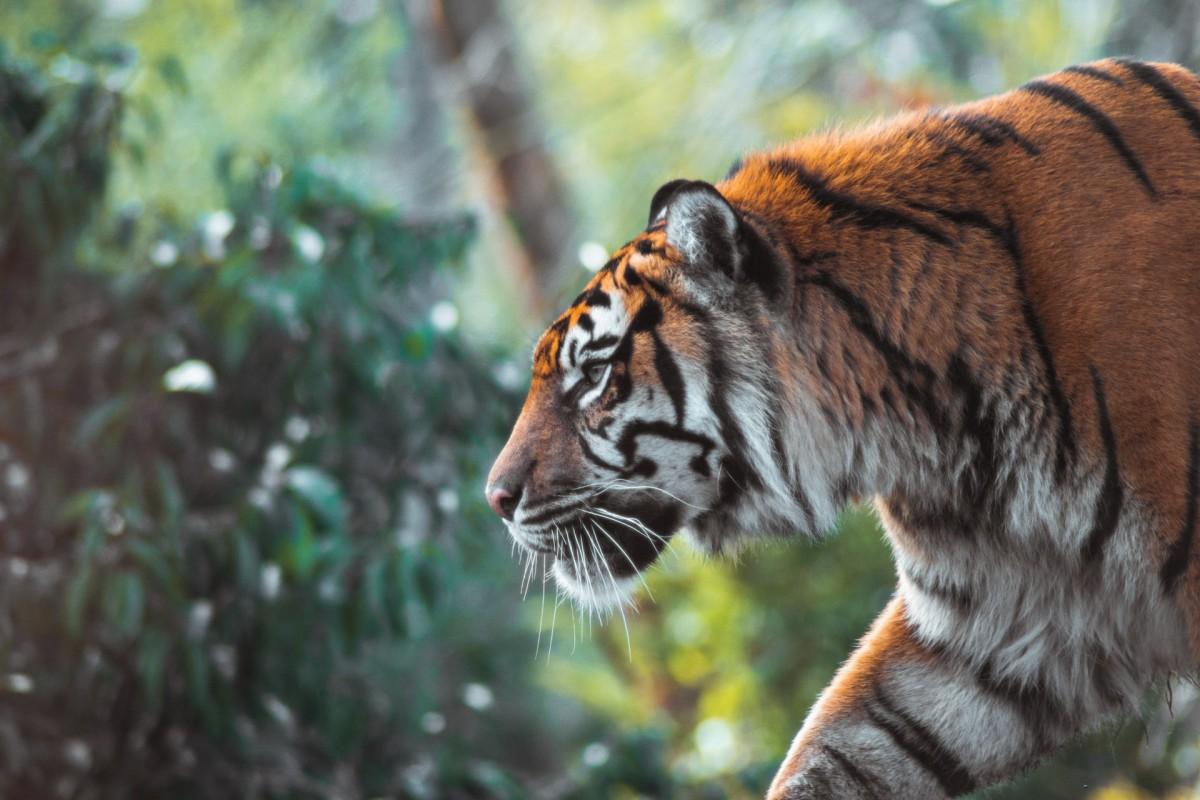
How Many Animals Native to Tajikistan?
What is the diversity of native animals in Tajikistan?
Let’s look at the total number of species of Chordata (mammals, birds, fishes, and reptiles).
Total number of animal species in Tajikistan: 530 (5,029 in total in West and Central Asia)
More About Animals in the World!
Loved these Tajikistan animal facts? Want to see what animals live in other countries?
Then check out these posts:
Or click here to see ALL the facts up on the blog! Spoiler alert: there’s A LOT of them.
Share the knowledge! Click on the buttons below to share information about these famous animals in Tajikistan with your friends, and help them learn more about the world 🙂
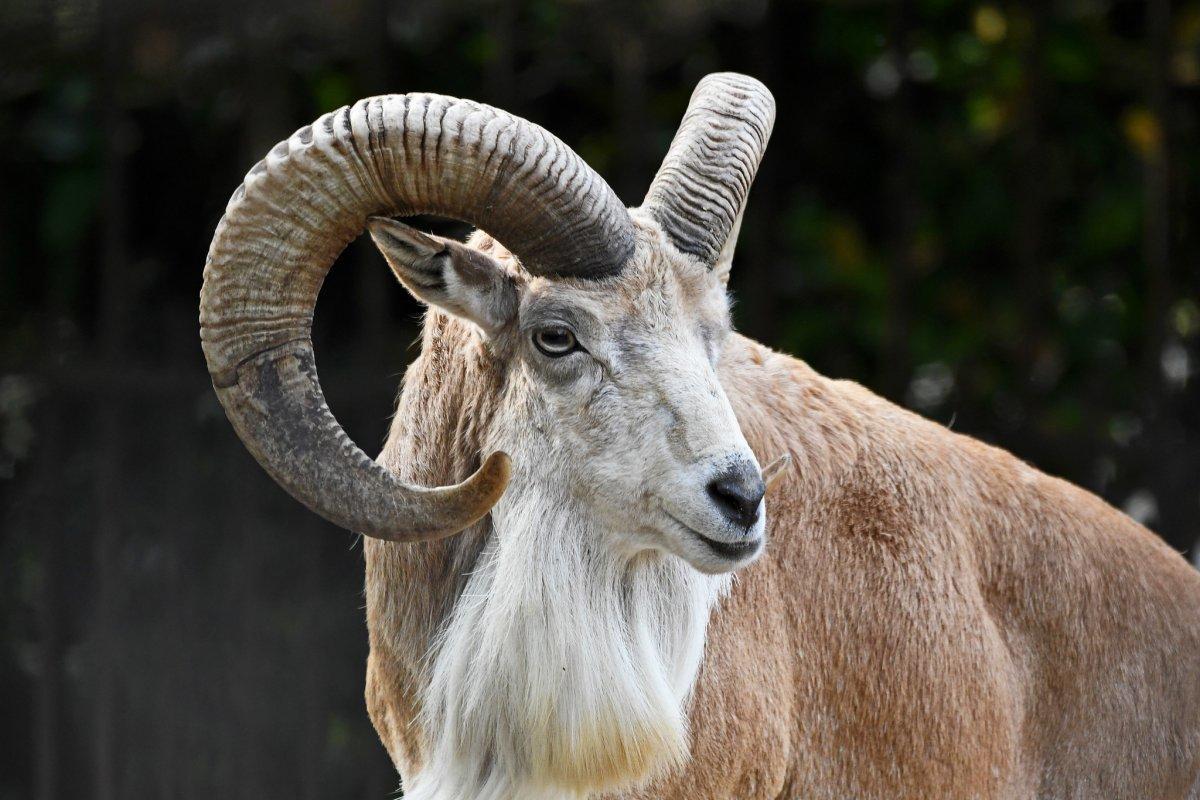
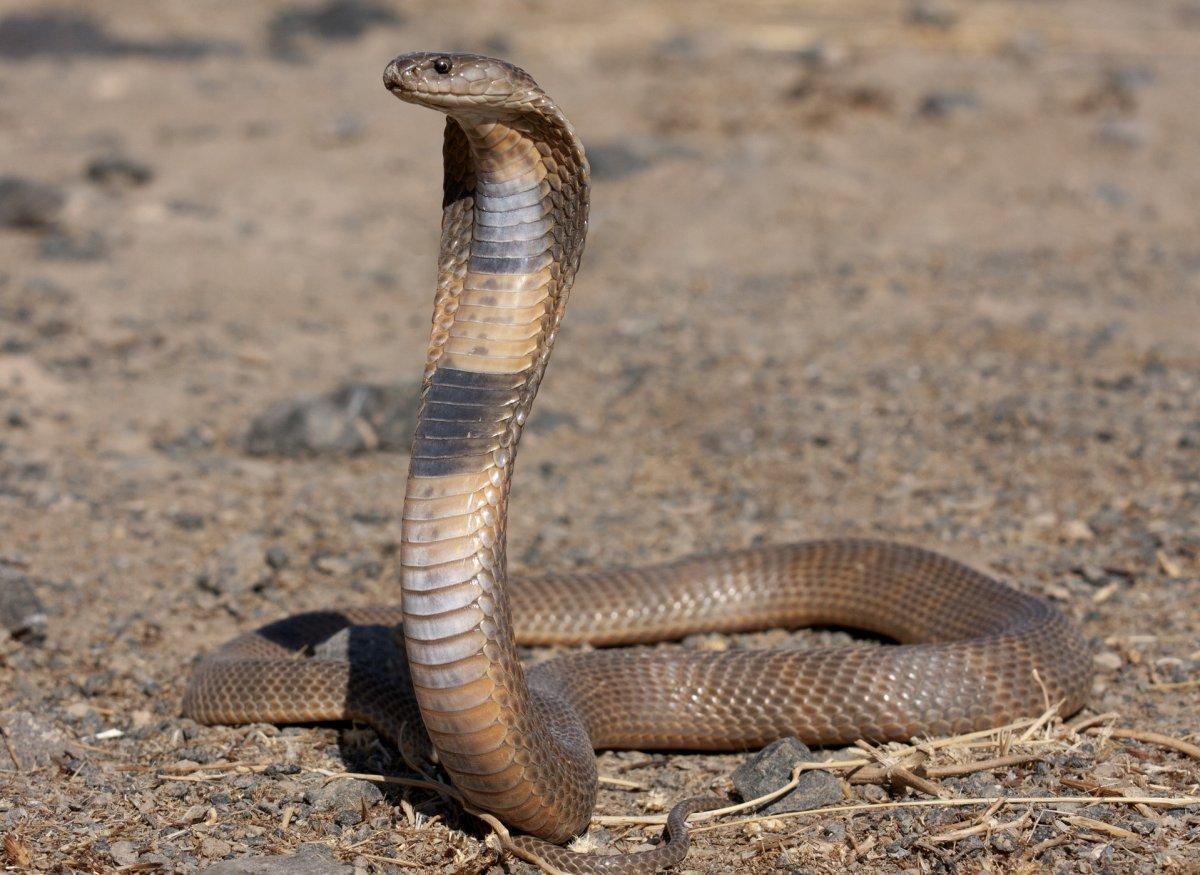
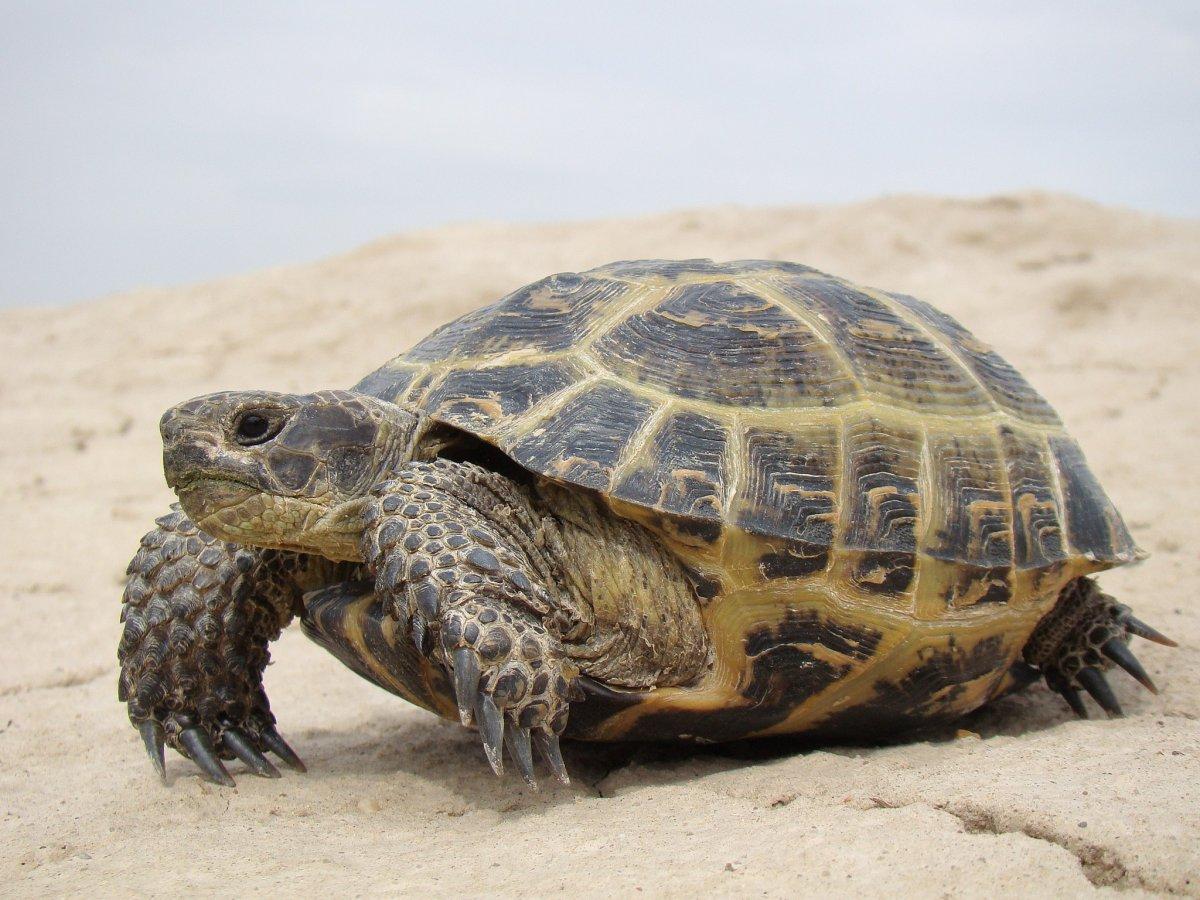

![12 Wild Animals in Kazakhstan [Wildlife in Kazakhstan]](https://www.kevmrc.com/wp-content/uploads/2022/12/12-wild-animals-in-kazakhstan.jpg)
![18 Wild Animals in Bosnia [Wildlife in Bosnia]](https://www.kevmrc.com/wp-content/uploads/2022/06/18-wild-animals-in-bosnia.jpg)
![21 Wild Animals in Germany [Wildlife in Germany]](https://www.kevmrc.com/wp-content/uploads/2022/06/21-wild-animals-in-germany.jpg)